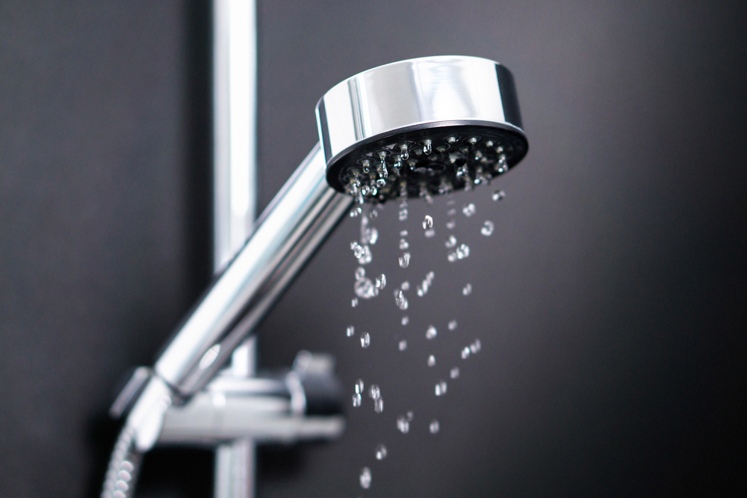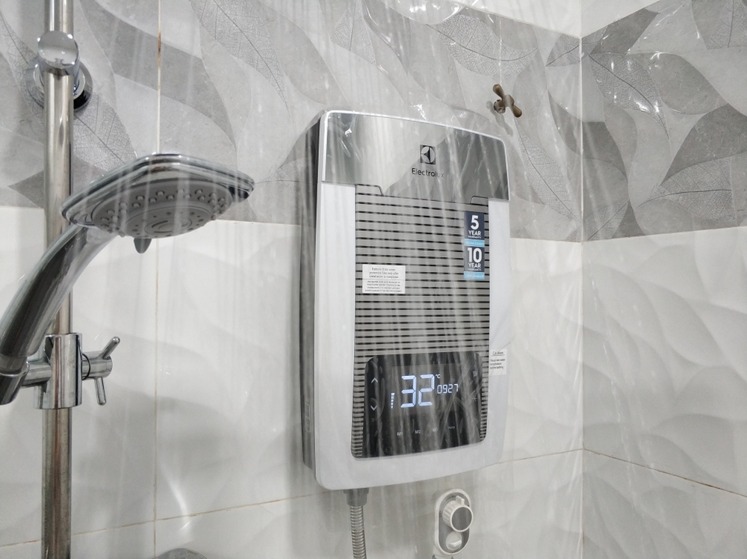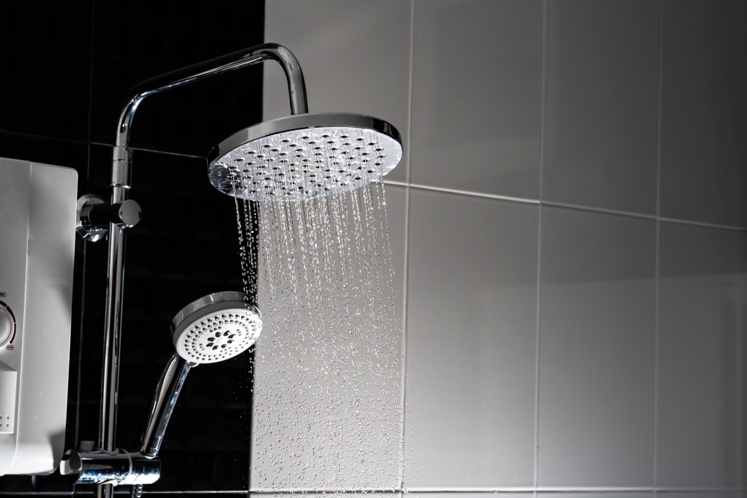Looking for a shower is arguably one of the trickiest parts when planning a bathroom. Not only must you take into account the aesthetics, you must also consider your water pressure and which of the different types of water system you have in your property. This may determine what kind of shower you end up purchasing for your bathroom, as some showers are only compatible with certain water systems.
For example, if you want to recreate a modern waterfall shower in your home, you must purchase the right shower head for your water system, otherwise you will be greeted with a disappointing trickle of water. This problem is entirely down to not knowing your water system and picking a shower that doesn’t complement your water pressure and flow.
So, once you are aware of your mains water pressure and water supply system, you will know which types of shower are ideal for your home, as well as the various different accessories you may want to purchase.
The different types of water system in the UK
Despite the fact there are so many different types of showers available, the various water and heating systems may affect the choice of shower you can buy for your home.
UK homes are generally built with one of three types of water system:
Gravity-fed system

Photo credit: Tero Vesalainen / Shutterstock
A gravity-fed system is one of the most common types of water system and is commonly found in older properties. It is notorious for low water pressure and water flow.
This system has a hot and cold feed, featuring a cold water tank often found in loft space, and a water cylinder in an airing cupboard. The cylinder can be heated by either an external heating source, such as a boiler or an internal source such as an immersion heater.
The pressure of a shower connected to a gravity-fed system depends on the distance from the bottom of the tank in the loft to your shower head – the bigger the distance, the higher the water pressure will be. It is recommended to be between 3 to 4 metres.
However, booster pumps are available to help increase the shower performance. One single pump in your home can feed two or three showers simultaneously too, so it’s a great option for larger homes with more than one shower installed.
Combi boiler system

Photo credit: syahrulkhalid / Shutterstock
A combination boiler system – also known as combi boiler system – is a type of water system that is fast becoming the most popular water system in the UK. The combi-boiler system usually features a boiler with no tank or water cylinder and relies solely on mains pressure to deliver water around your home. As a result, this means that cold water is heated on demand and should never ‘run out’, per se. It also tends to provide the highest water pressure of all and are compatible with mixer showers to provide hot water instantaneously.
If you would like a powerful shower under a combi boiler system, the key is to make sure it is powerful enough to supply a hot water flow rate of at least 12 to 15 litres a minute. The larger the shower head, the greater the pressure required to increase shower litres per minute. As a result, if you have a combi boiler system, it is best to choose a thermostatic shower mixer valve, to attempt to even out temperature changes that can occur.
Unvented system

Photo credit: Naypong Studio / Shutterstock
Last in our list of different types of water system is the unvented system. This requires a separate hot water cylinder to store a quantity of hot water at mains pressure. The water is often heated by a combi boiler or immersion heater directly, under high pressure, to provide large volumes of hot water to your shower at one time.
Alternatively, hot water can also be heated in a cylinder by a secondary coil on the central heating system, which has to be specially designed to store hot water under high pressure. A pressurised system with an unvented cylinder will provide a powerful shower, without the need for a pump, and balanced hot and cold water pressure can reduce the need for thermostatic mixer valves to be installed.
Feature image credit: Segen / Shutterstock